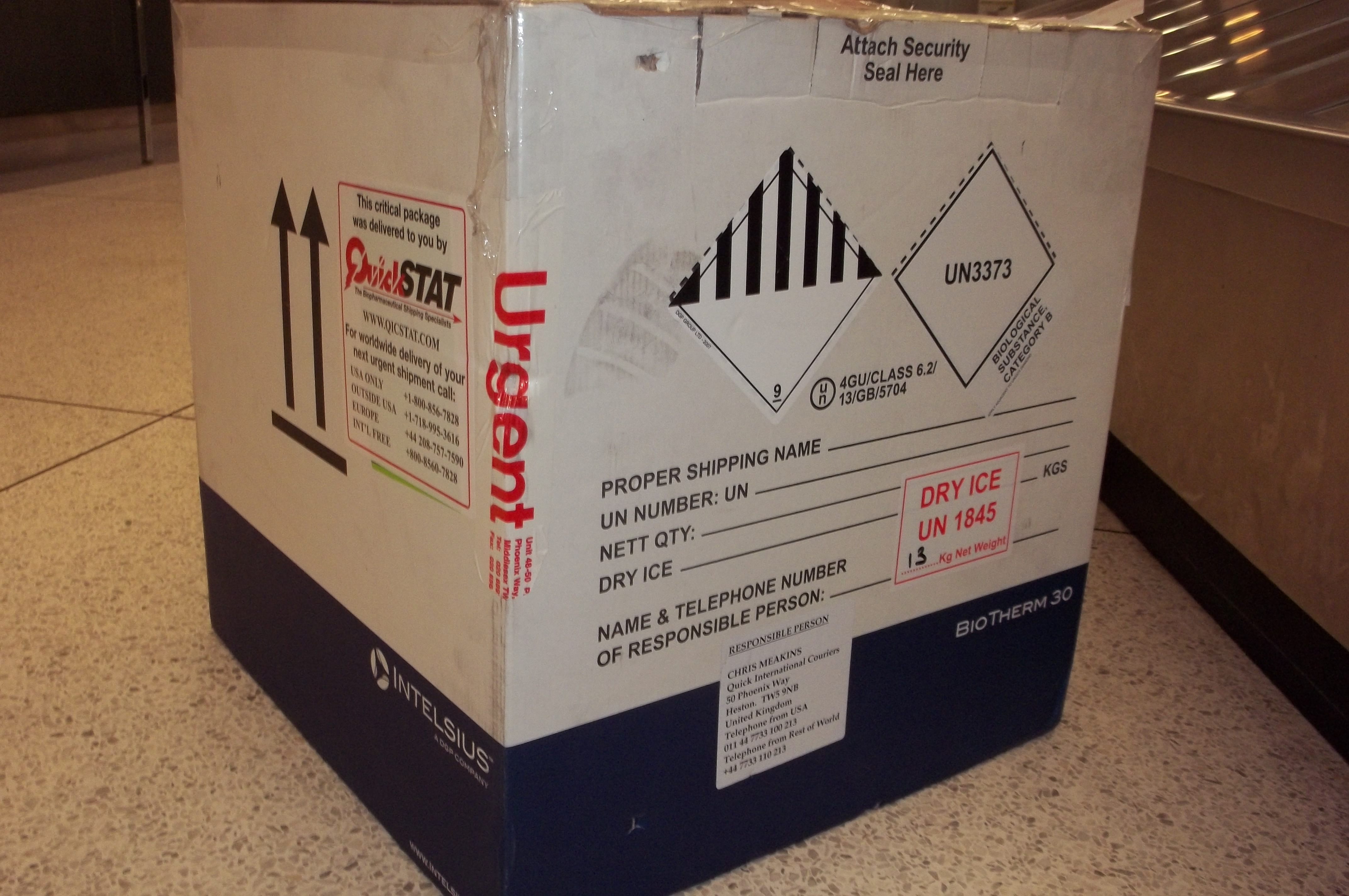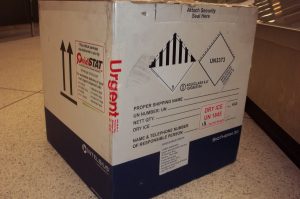The Dangerous Goods Regulations of the International Air Transport Association (IATA) are recognized by most of the world’s airlines as the standard for the transportation of dangerous goods by air. In practice, anyone offering a dangerous good for transport by air must comply with the IATA Dangerous Goods Regulations as it will be required by the operator (aka: the air carrier) as a condition of accepting the dangerous good (aka: hazardous material or HazMat) for transportation. Similar to the Hazardous Material Regulations of the PHMSA/USDOT, IATA assigns responsibilities to a shipper of dangerous goods by air to include, but not limited to, the following:
- Identify and classify the dangerous good.
- Provide necessary information to employees.
- Ensure dangerous good is not forbidden for air transport.
- Packaging must be authorized for dangerous good.
- Markings and labels must be affixed to package.
- All relevant personnel must receive training per Subsection 1.5 of the IATA DGR.
- Required documentation, e.g. the Shipper’s Declaration for Dangerous Goods must be completed.
For a full description of the above, refer to Subsection 1.3 – Shipper’s Responsibilities of the IATA Dangerous Goods Regulations.
The purpose of this article is to identify the shipments of articles or substances that do not require a Shipper’s Declaration for Dangerous Goods when transported by air.
 The requirements for the Shipper’s Declaration for Dangerous Goods can be found in Section 8 – Documentation (the second set of pink pages. The first set of pink pages in the IATA DGR is Section 7 – Marking and Labelling). In 8.0.1.1 we read:
The requirements for the Shipper’s Declaration for Dangerous Goods can be found in Section 8 – Documentation (the second set of pink pages. The first set of pink pages in the IATA DGR is Section 7 – Marking and Labelling). In 8.0.1.1 we read:
A ‘Shipper’s Declaration for Dangerous Goods’ must be completed by the shipper for each consignment of dangerous goods, except as provided in 8.0.1.2
8.0.1.2 then lists those articles and substances that do not require a Shipper’s Declaration for Dangerous Goods when offered for transport by air:
- UN3164, Articles, pressurized, hydraulic (see Packing Instruction 208(a)).
- UN3164, Articles, pressurized, pneumatic (see Packing Instruction 208(a)).
 UN3373, Biological substance, Category B (see Packing Instruction 650).
UN3373, Biological substance, Category B (see Packing Instruction 650).- UN1845, Carbon dioxide, solid (Dry ice) when used as a refrigerant for other than dangerous goods (see Packing Instruction 954(c)).
- Dangerous goods in excepted quantities (see 2.6.8).
- UN3245, Genetically modified organisms, Genetically modified micro-organisms (see Packing Instruction 959).
- Lithium ion or lithium metal cells or batteries meeting the provisions of Section II of Packing Instructions 965-970.
- UN2807, Magnetized material (see Packing Instruction 953).
- Radioactive material, excepted packages (RRE) (see 10.5.8.).
And that’s it! Every other dangerous good offered for transportation by air must be accompanied by a Shipper’s Declaration for Dangerous Goods. Actually, it’s two. Per 8.1.2.3.1, the shipper must provide two copies of the declaration form – if paper copies are being used – completed and signed to the operator.
Contact me with any questions you may have about the transportation of hazardous materials by air, highway, vessel, or rail International and Domestic Daniels Training Services 815.821.1550 |
The transportation of dangerous goods by air can be difficult to understand but the answers are there if you know where to look. Or who to ask!


